We have seen what Detectron2, Algorithms, Features, and code on Mask R-CNN is in the previous post.
Today, we will see in this blog about COCO Panoptic Segmentation in Detectron2.
What is Panoptic Segmentation?
Panoptic segmentation unifies the typically distinct tasks of semantic segmentation (assign a class label to each pixel) and instance segmentation (detect and segment each object instance).
It picks an image/video outline only persons, objects, etc., and segments separately.
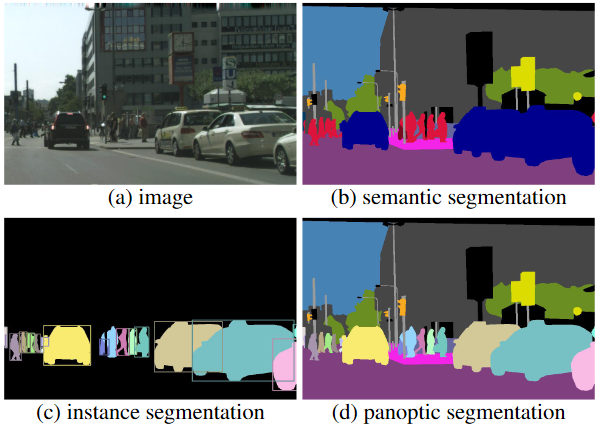
Image Source: Panoptic segmentation
The above image gives you a clear view of Panoptic Segmentation.
a) Original Image
b) Semantic Segmentation: per-pixel class labels (Labeling each class to same color e-g car in blue, persons in red, etc.)
c) Instance Segmentation: per-object mask and class label (Labeling each object to different colors but here identifies cars and persons)
d) Panoptic Segmentation: per-pixel class+instance labels (Combines Semantic and Instance)
Let’s copy existing code from Detectron2 and test the Panoptic FPN.
I am using Google Colab and you check the online code here.


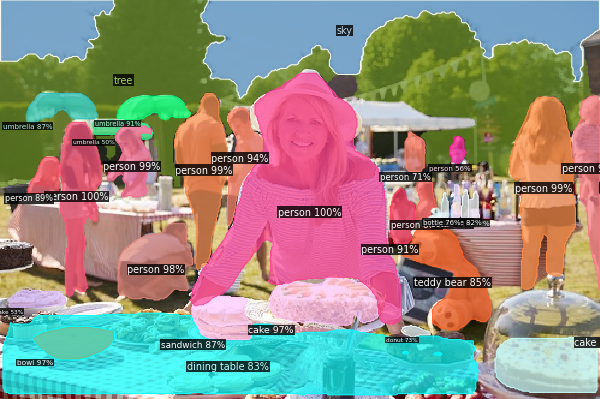
Output:
Detectron2 Panoptic FPN segments per-pixel class plus instance labels on bowls, dining table, umbrellas, persons, spoons, cakes, etc.
What is your thought on this Detectron2 Panoptic FPN?
Would you please comment below and where we can use in future technologies?
Links:
Further Reading
Posts on Artificial Intelligence, Deep Learning, Machine Learning, and Design Thinking articles:
Rasa X Open Source Conversational AI UI Walk-through
Artificial Intelligence Chatbot Using Neural Network and Natural Language Processing

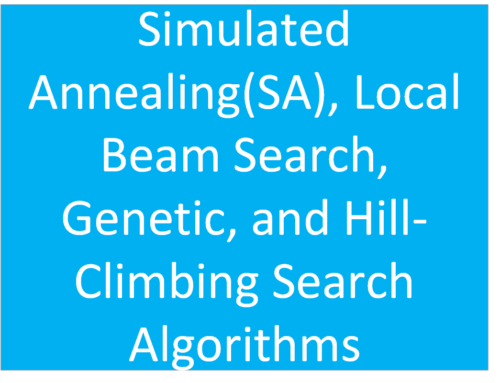
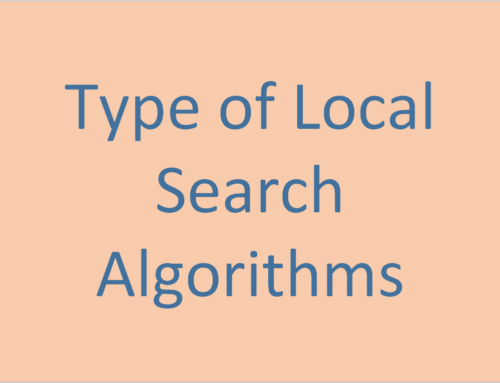
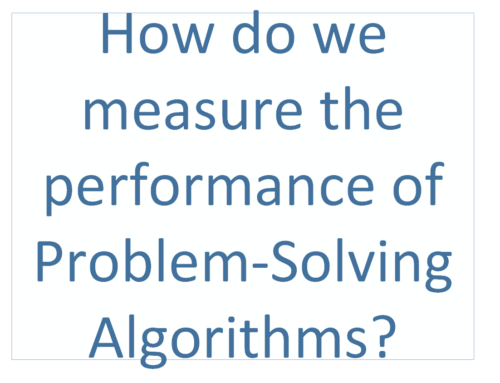
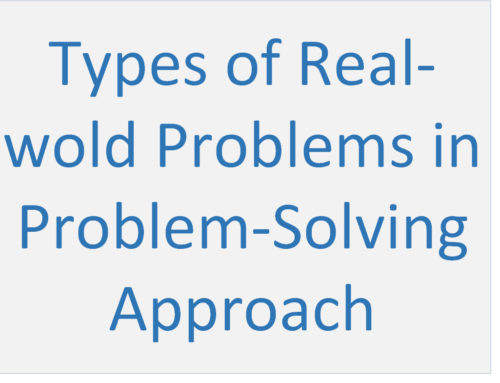
Leave A Comment